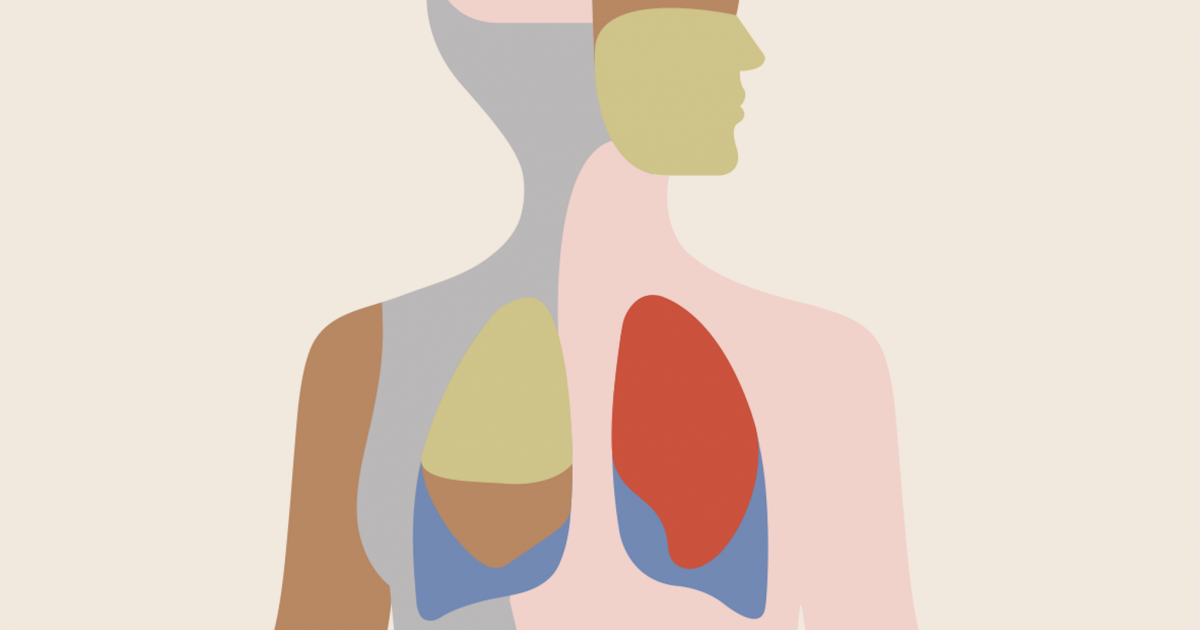People who are at high risk for lung cancer because of their smoking history should receive free annual screenings with a low-dose CT scan starting at age 50 regardless of whether they have symptoms, according to new recommendations from the U.S. Preventive Services Task Force released Tuesday.
Experts tell SuvivorNet the news is a step in the right direction.
Read MoreThe new recommended guidelines specify that adults ages 50-80 who have a 20 pack-year smoking history and currently smoke or have quit within the past 15 years should qualify for the screening. (One pack-year is the equivalent of smoking an average of 20 cigarettes, or one pack, per day for a year.)
Previous guidance from the USPSTF released in 2013 recommended annual screening for lung cancer in adults aged 55-80 who have a 30 pack-year smoking history and currently smoke or have quit within the past 15 years.
Lung cancer is the second most common form of cancer, and the leading cause of cancer deaths in both men and women in the United States. In 2020, an estimated 228, 820 people were diagnosed with lung cancer, and 135, 720 people died.
According to the USPSTF statement published in the Journal of the American Medical Association (JAMA): “The most important risk factor for lung cancer is smoking. Increasing age is also a risk factor for lung cancer. Lung cancer has a generally poor prognosis, with an overall 5-year survival rate of 20.5%. However, early-stage lung cancer has a better prognosis and is more amenable to treatment.” The USPSTF is made up of 16 volunteer physicians who are nationally recognized experts in prevention, evidence-based medicine, and primary care.
Under the Affordable Care Act, recommendations from the USPSTF that receive and "A" or "B" rating should be covered by private insurers without cost. This recommendation received a "B".
The USPSTF says that expanding who is eligible for screening will be “especially helpful” to Black people and women and will increase access to screening. Data shows that both groups tend to smoke fewer cigarettes than white men. Data also shows that Black people have a higher risk of lung cancer than white people.
Lung Cancer Overview
There are two main types of lung cancer, which doctors group together based on how they act and how they're treated:
- Non-small cell lung cancer (NSCLC) is the most common type and makes up about 85% of cases
- Small cell lung cancer (SCLC) is less common, but it tends to grow faster than NSCLC and is treated very differently
While this is a serious cancer, its outlook is improving. For one thing, fewer people are getting lung cancer because smoking rates are on the decline. Also, there have been improvements in surgical techniques and radiation delivery that have improved outcomes and decreased side effects. Finally, newer treatments like immunotherapy and targeted agents are dramatically improving the length and quality of life for people who are diagnosed with lung cancer.
Take it From a Guy Who Looks at Diseased Lungs Every Day Stop Smoking
Learn more about SurvivorNet's rigorous medical review process.


